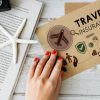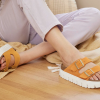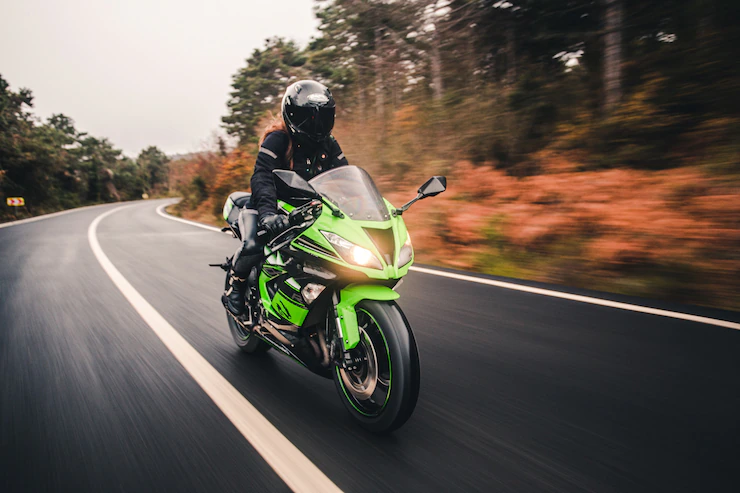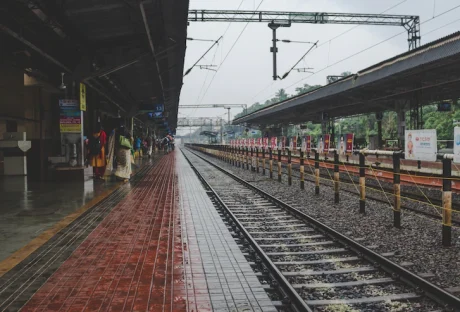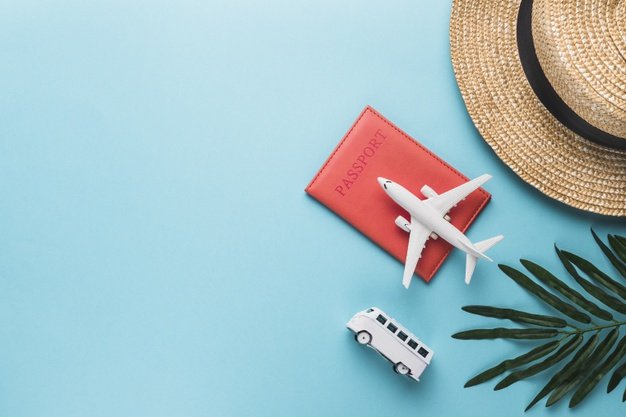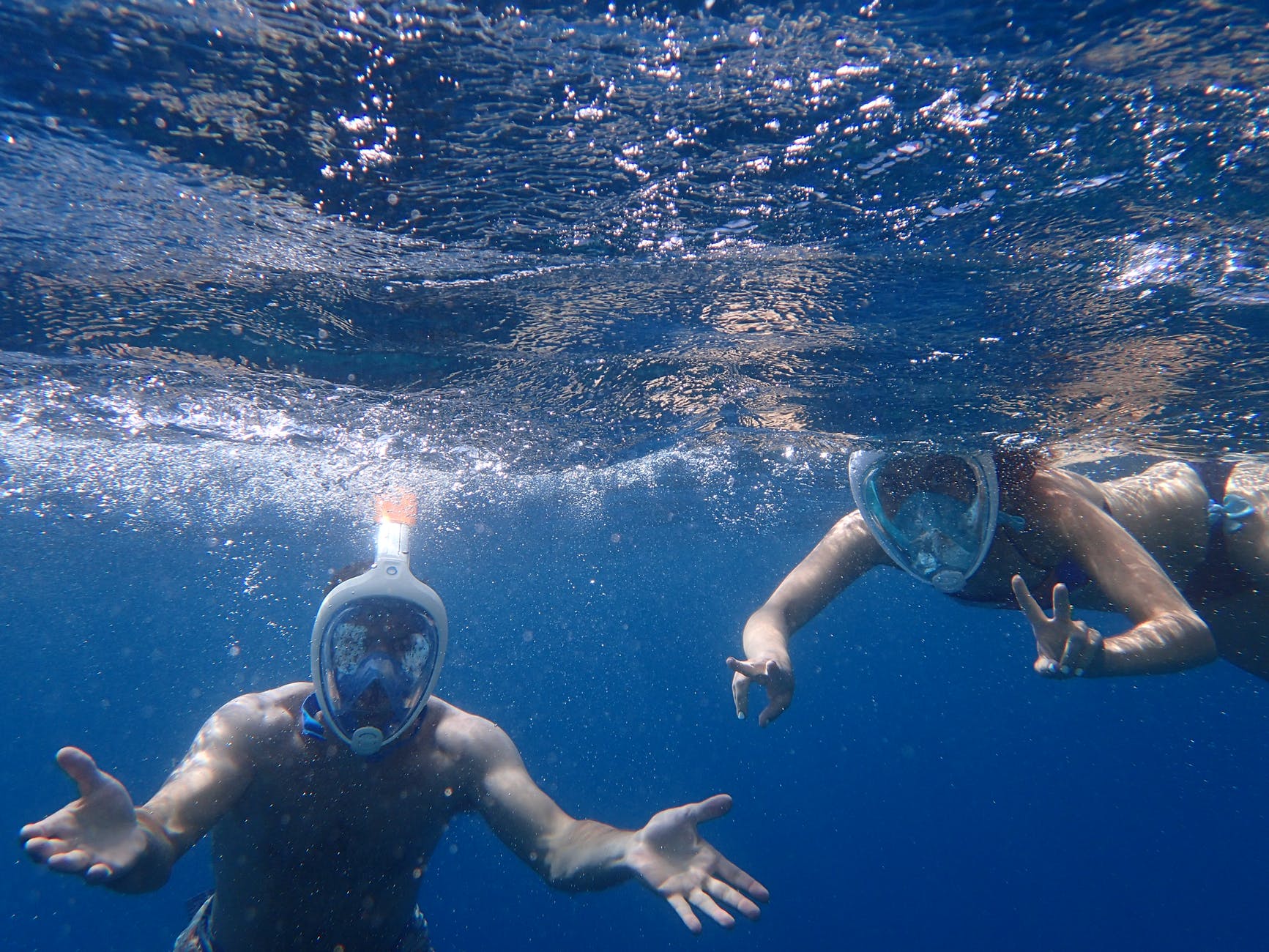So, it seems like you have decided to go on a track with your bike. The first motorcycle track can be daunting if you don’t prepare well for it.
There could be many possible reasons why you want to join the track day. Maybe you want to practice your skills or challenge yourself to be with other racers.
Whatever your reason may be, you may have many questions in your mind. But don’t worry, we are here to help.
In this article, we have enclosed eight valuable tips you need to consider before planning your first motorcycle track, along with some easy guidelines to get you started.
What is a Motorcycle Track Day?
Many people get confused between a track day and MotoGP qualifying rounds. Taking a motorcycle to the track doesn’t mean you are going for the racing.
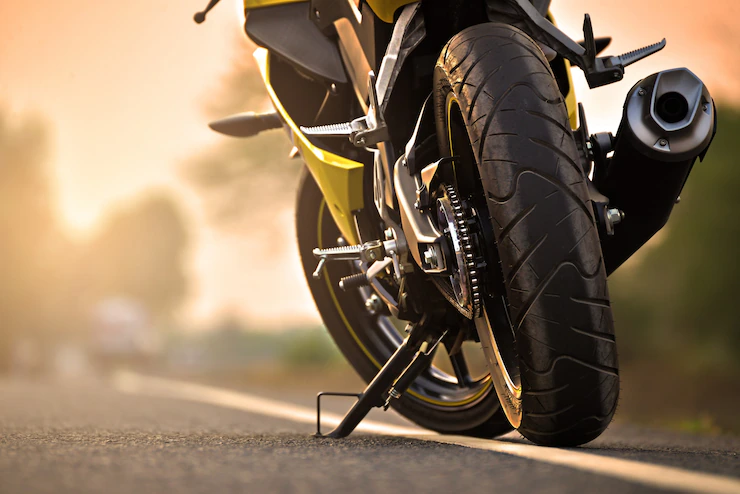
You need to understand that a track day is not a racing day. Because track days get hosted on a closed course (racetrack), you may learn at realistic speeds and in secure surroundings.
For beginners, it is a great way to learn how to corner and to brake more confidently. You can’t do this on the streets where rules are present for speed limits. That’s why you need a track day to concentrate on improving your skills and riding freely.
You’ll also learn skills like body positioning, various cornering techniques, vision techniques, and the right time for gear shifting.
8 Useful Tips to Help You Prepare For Your First Motorcycle Track Day
As you’ve understood about the track day, it’s time to explore valuable tips to prepare yourself for the day.
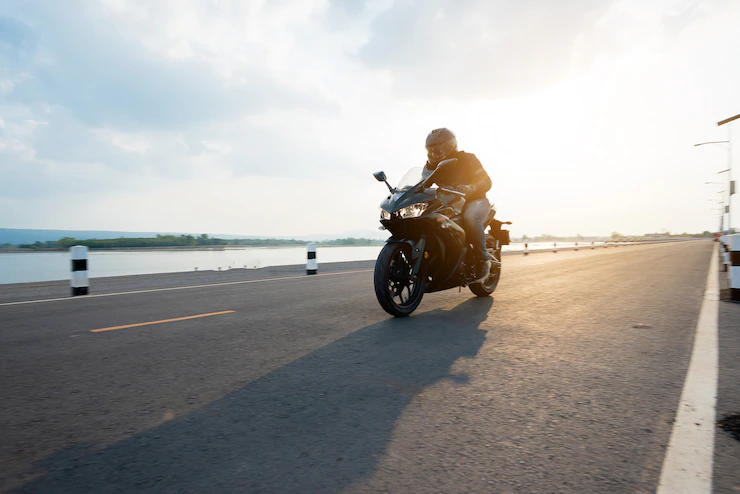
You can achieve it with the help of the following eight practical and helpful information:
Overview:
- Prepare Yourself Mentally And Physically
- Make Your Bike Ready For The Event
- Read The Rules and Regulations
- Research About The Track
- Wear All Necessary Gears
- Attend Riders Meet and Ask Experts
- Don’t Push Your Limits While Riding
- Pack Track Day Checklist Items
1. Prepare Yourself Mentally And Physically
Before you even set off for the track day, we recommend that first, you should prepare yourself mentally and physically.
You need to be relaxed and stop overthinking. Many beginner riders start thinking and hold expectations about that day. It’ll affect your mindset and performance.
One more thing is to have a good sleep before the track day. We know you must be excited, but a good sleep will put your concentration the next day on the track.
Ensure you are physically fit and ready to take up the challenge to participate in the event.
2. Make Your Bike Ready For The Event
If you’ve made yourself ready, it’s time to prepare your bike for the track day. You should be aware of your bike’s capacity and limitations, whether it can run on the track at higher speeds.
Check the air pressure in the tires and see if the brakes and clutch are working correctly. Because your bike has to do the maximum daily task, you may get it serviced, check the engine oil, and fill the required fuel.
Ensure all axle nuts, bolts, footpegs, headers, and handlebar are in perfect condition. Also, you need to remove extra things from your bike to lower the weight and increase the performance.
Don’t forget to carry your driving license and bike insurance with you. Remember, unlicensed drivers may have to pay compensation if they hit someone on the actual road.
3. Read The Rules and Regulations
Here comes one more crucial aspect that you look for. It would be best if you went through all the rules and regulations for the event.
You may face an accident-like situation if you have not read the rules. Therefore, note down the check-in timings, gear requirements, and other essential stuff.
Further, always be prepared to handle a motorcycle accident by educating yourself about it.
Most of the time, the event organizers ask to cover the lights and mirrors removal for the track day. It can drag your and the other riders’ attention and can result in a severe accident. Check if you can bring eatables and water.
4. Research About The Track
You will drive on a track that you may not be familiar with. Each track is different, so make sure you have the roadmap in mind.
You can watch several videos and read blogs to learn about the track, cornering, and what a track layout looks like.
Remember that a track day is not a racing day, so stay calm, start the first session at your comfortable speed, and analyze the track.
5. Wear All Necessary Gears
As per event hosters, you must bring a one- or two-piece riding suit. Make sure it is comfortable, fit, and lightweight. Back protection can add more comfort to your riding journey.
It would help if you had to bring an ACU gold standard approved helmet, strong track boots, and a pair of gloves. You should also not forget your elbow and knee protector.
6. Attend Riders Meet and Ask Experts
Whether an experienced rider or new to track, you must attend rider meetings. The riders you meet on track day were someday at your place, beginner riders.
You can ask for tips and ask your doubts. You may be astonished that other riders are ready to help you.
Further, organizers also appoint some instructors to help riders. Each circuit has its flags, rules, and passing standards.
7. Don’t Push Your Limits While Riding
Riding beyond your limits will lead you to the medical center. So, you must understand you are here to improve your skills, meet riders and learn about the track.
Forget about the lap time; know your riding level. Don’t push up your limits in any situation. Just drive your way and enjoy the journey.
8. Pack Track Day Checklist Items
Make a checklist a few days before the track day. It will help you to accomplish everything about the event.
Here are some essential items on your checklist: leather suit, gloves, boots, helmet, driving license, motorbike, necessary tools, fuel, noise limits, additional clothes, food and water, and bike trailer and tow.
Conclusion
If you follow all the tips and guidelines mentioned above, you are ready to hit the track day. We have learned so far about how to prepare yourself for the track day.
This guide was about the critical information a first-time rider should consider for the track day.
These things include preparing yourself mentally & physically, getting your bike ready, reading the rules & regulations, researching the track, wearing essential gears, asking experts, and driving within your limits.
Happy and safe riding!
Additionals:
1. Things to Consider Before Buying Your First Motorcycle
2. Dos and Don’ts When You’re Involved in a Motorcycle Accident
3. 5 Most Important Motorcycle Safety Tips All Riders Need to Know
4. How to Get An Accurate Valuation of Your Motorcycle When Selling







